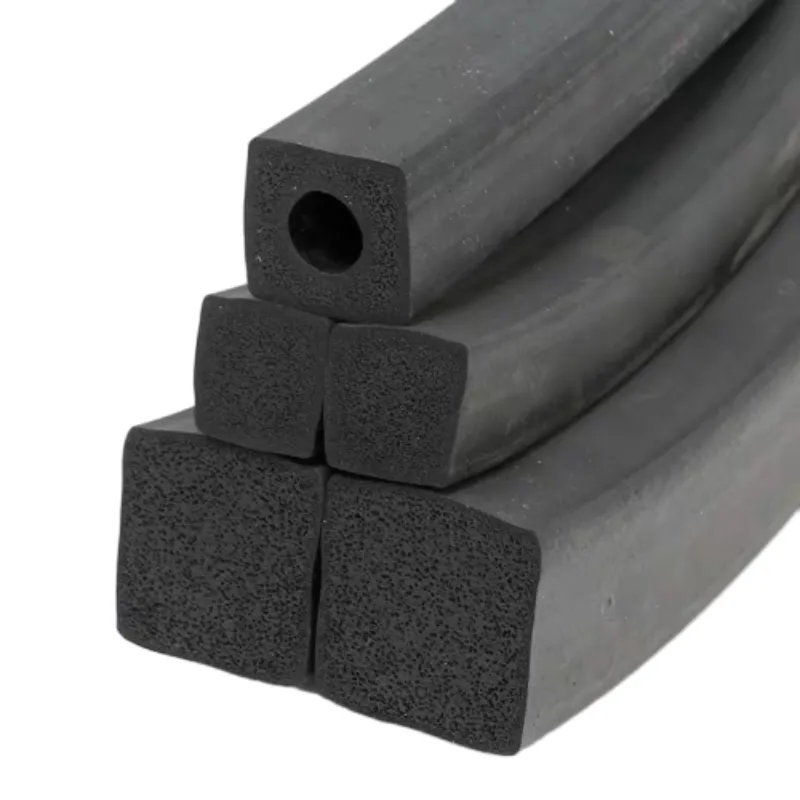bottom garage seal
Understanding Bottom Garage Seals Importance, Installation, and Maintenance
When it comes to ensuring the longevity and efficiency of a garage, one often overlooked component is the bottom garage seal. This essential feature plays a crucial role in enhancing the functionality of a garage by keeping out unwanted elements while maintaining a comfortable environment within the space.
What is a Bottom Garage Seal?
A bottom garage seal, often referred to as a garage door sweep, is installed at the bottom of a garage door. It acts as a barrier between the outside environment and the interior of the garage, effectively sealing gaps and preventing water, dust, debris, and pests from entering. Made from materials like rubber, vinyl, or foam, these seals come in various shapes and sizes to fit different garage door types.
Importance of a Bottom Garage Seal
1. Weather Protection One of the primary functions of a bottom garage seal is to protect against weather conditions. It prevents rainwater from seeping in during storms, reducing the risk of water damage to stored items and the garage structure itself.
2. Energy Efficiency A well-installed bottom seal can significantly enhance your garage's energy efficiency. By keeping cold drafts, hot air, and moisture out, it helps to regulate the internal temperature, leading to lower heating and cooling costs.
3. Pest Control Rodents, insects, and other pests can easily infiltrate through gaps at the bottom of a garage door. A proper seal acts as a barrier, preventing these unwanted guests from entering your garage and causing potential damage or health issues.
4. Dust and Debris Prevention Dust and debris can accumulate quickly in a garage, especially if it is connected to the main home. A bottom seal minimizes the entry of dirt, making it easier to maintain cleanliness in your garage.
Installation of a Bottom Garage Seal
bottom garage seal

Installing a bottom garage seal is a manageable DIY task that enhances your garage’s functionality. Here’s a step-by-step guide
1. Measure the Door Use a measuring tape to determine the width of your garage door to ensure you purchase an appropriately sized seal.
2. Choose the Right Material Select a seal made from durable materials that are suitable for your climate. For example, rubber seals are excellent for flexibility and longevity.
3. Prepare the Garage Door Clean the bottom of the garage door, removing any old seals, debris, and dirt. A clean surface ensures better adhesion.
4. Cut and Attach the Seal Cut the seal to fit your door width and use adhesive or screws (depending on the type of seal) to attach it firmly to the bottom of the door.
5. Test the Seal After installation, close the garage door and check for gaps. Adjust as necessary to ensure a snug fit.
Maintenance Tips
Maintaining your bottom garage seal is essential for its longevity. Regularly inspect it for wear and tear, and replace it if you notice cracks or significant damage. Cleaning the seal with mild soap and water can help extend its lifespan, ensuring it continues to provide optimal protection.
Conclusion
In conclusion, investing in a bottom garage seal is an essential step for any homeowner looking to protect their garage from the elements. With proper installation and regular maintenance, a garage door seal can enhance your garage's functionality, improve energy efficiency, and keep pests at bay. Whether you handle it as a DIY project or hire a professional, the benefits of a secured and well-sealed garage are undeniable.
-
Under Door Draught Stopper: Essential ProtectionNewsJul.31,2025
-
Garage Door Seal and Weatherstrips for ProtectionNewsJul.31,2025
-
Edge Banding Tape for Perfect EdgesNewsJul.31,2025
-
Table Corner Guards and Wall Corner ProtectorsNewsJul.31,2025
-
Stair Nose Edging Trim and Tile Stair SolutionsNewsJul.31,2025
-
Truck Bed Rubber Mats for Pickup BedsNewsJul.31,2025
-
Window Weather Stripping for Noise ReductionNewsJul.29,2025